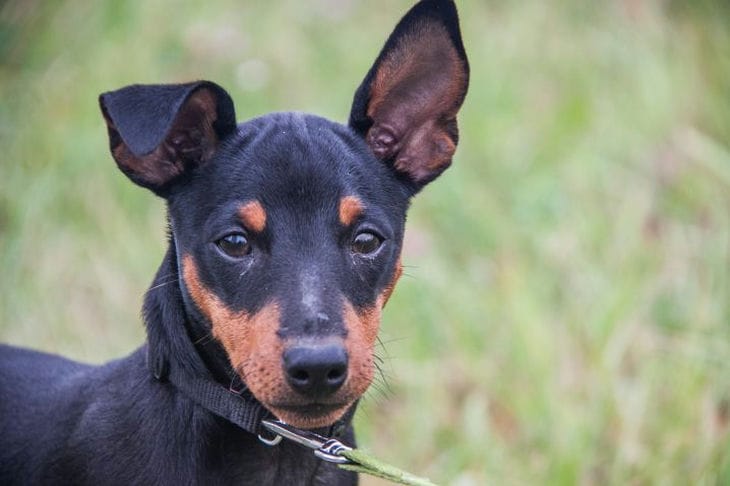A dog's eyes are an indicator of its health.
Attentive owners often notice changes in their pet's gaze, including the appearance of mucous discharge.
This problem can be either harmless or a sign of a serious illness. What is behind this phenomenon?

Normal Dog Eye Discharge
It is important to understand that a small amount of clear or slightly whitish discharge from your dog's eyes is normal.
These secretions help clear dust and other small particles from the eyes. However, if the amount or color of the secretions changes, it may indicate a health problem.
Allergic reactions
One of the common causes of mucus in the eyes of dogs is allergies.
Allergens can be very different: plant pollen, household chemicals, certain foods.
In case of an allergic reaction, the dog's eyes may water, itch, and the animal often rubs its eyes with its paws. The discharge is usually transparent or slightly cloudy.
Infectious eye diseases
Bacterial or viral eye infections can also cause increased tearing and mucus production.
In infectious diseases, the discharge often has a yellowish or greenish tint and can be thick. The dog's eyes look inflamed, and the animal may squint from discomfort.
Blockage of tear ducts
Some dog breeds, especially those with flat faces, often have problems with tear drainage due to their anatomical features.
This leads to constant tearing and the formation of streaks under the eyes. The discharge is usually clear, but can darken when exposed to air.
Trauma and foreign bodies
A foreign body entering the eye or mechanical damage to the cornea can cause increased lacrimation and mucus formation.
In such cases, the dog often rubs the eye with its paw, and redness and swelling of the eyelids may be observed. It is important to contact a veterinarian as soon as possible to prevent serious damage to the eye.
Systemic diseases
Sometimes the appearance of mucus in the eyes can be a symptom of general diseases of the body. For example, with some autoimmune diseases, problems with the thyroid gland or diabetes, increased lacrimation can be observed.
In such cases, there are usually other symptoms that indicate health problems.
Age-related changes
Older dogs often experience increased tear production due to weakened eyelid muscles and changes in the functioning of the tear glands.
This can lead to the formation of mucous discharge and streaks under the eyes. Although this is a natural process, it requires additional care for the pet's eyes.
Dog Eye Care
Regular eye care for your dog will help prevent many problems. You should examine your pet's eyes daily, carefully remove discharge with a soft cloth soaked in warm water or a special eye lotion.
If you notice any unusual discharge, redness or other changes, you should contact your veterinarian.
Diagnosis and treatment
Only a veterinarian can determine the exact cause of mucus in a dog's eyes. The specialist will conduct an examination and, if necessary, prescribe additional tests.
Treatment depends on the identified cause and may include eye drops, ointments, systemic medications, or even surgery in severe cases.








